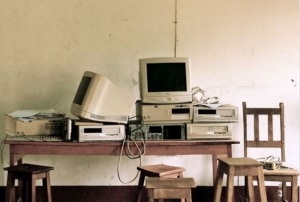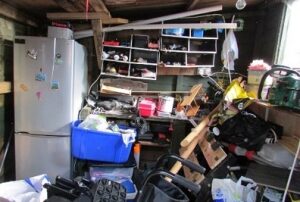Getting Rid Of Broken Electronics Sustainably
Electronics are made from materials like metals, plastics, and glass. These materials are manufactured and mined, making their process of creation, use and disposal more complex than one might think. Toxic materials are often found after the combination of raw materials when electronics are made. When disposed of, these electrical items can have negative impacts to the environment - and consequently, human health.Because of this threat of harm by toxic substances, sustainable e-waste disposal is of utmost importance. Especially in the current technological age, individuals have countless electronic products that can contribute to e-waste.Want to learn more about how to sustainably get rid of broken electronics? This article will give you the full run down with what you need to know. What Is E-Waste? New technology replacing old electronics is common - how often do you upgrade your phone? What do you do with your



